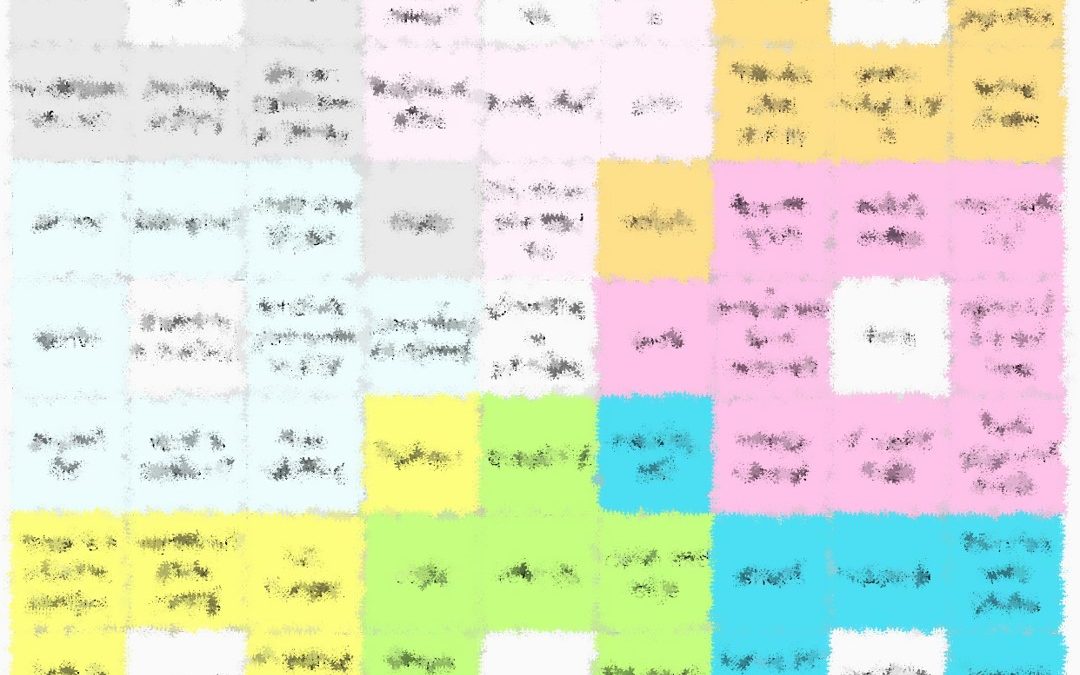This week’s post is by Jennifer Strickland.
In an ideal world, all tools, applications, and interfaces would be accessible for all from the beginning. The ITK tools are continually updated as we learn more about their uses and limitations. The next iteration aims to prioritize equitable and accessible design. Equitable design is about adaptability, revaluing ways of knowing, redefining roles, and seeking fairness. Accessibility is about access, generally for digital experiences, and can be measured by compliance with standards such as Section 508 (required for all federally-funded outputs) or the Web Content Accessibility Guidelines (WCAG, https://www.w3.org/WAI/WCAG21/quickref/).
The current ITK tools use PDFs and the Mural platform, which may introduce usability issues for some people. For example:
- The PDF content may not be usable for people with vision and mobility considerations.
- Mural, an online visual whiteboarding tool, isn’t accessible via assistive technology such as screen readers or even keyboard.
Fortunately, it’s possible to rework the activities in alternate ways, to make them more inclusive for everyone. For example, the Lotus Blossom is one of the most-used ITK tools — what if there are screen reader users in your group? The PDF and Mural tools are not accessible for them. However, you can creatively use Teams or Zoom for the exercise.
- Explain to the group that they will identify eight subject areas, and afterwards will list related sub-elements of those.
- Have the attendees type a list of potential subjects in the chat message field — but not to hit Return until prompted.
- Give them 60 seconds to compose a list, then tell them to hit Return.
- Review the individual responses aloud among the group.
- Define your final eight in a chat message.
- Then, choose one subject area and have the group once again type a list of suggestions for the child items — but not to hit Return, until prompted.
- Give them 60 seconds to compose a list, then tell them to hit Return.
- Review those responses aloud among the group and distill the list of corresponding sub-elements.
- Repeat for the remaining seven areas.
Where there is a desire to be inclusive, there is always a way. Think about the purpose of the tool, abstract the steps, and be creative about the high or low technology options available. If you’re interested in collaborating to document more inclusive alternative examples to the ITK tools, please let me know!

